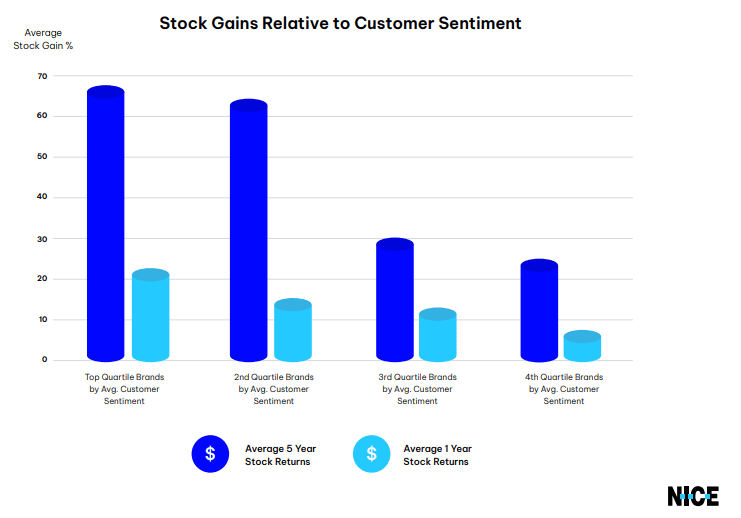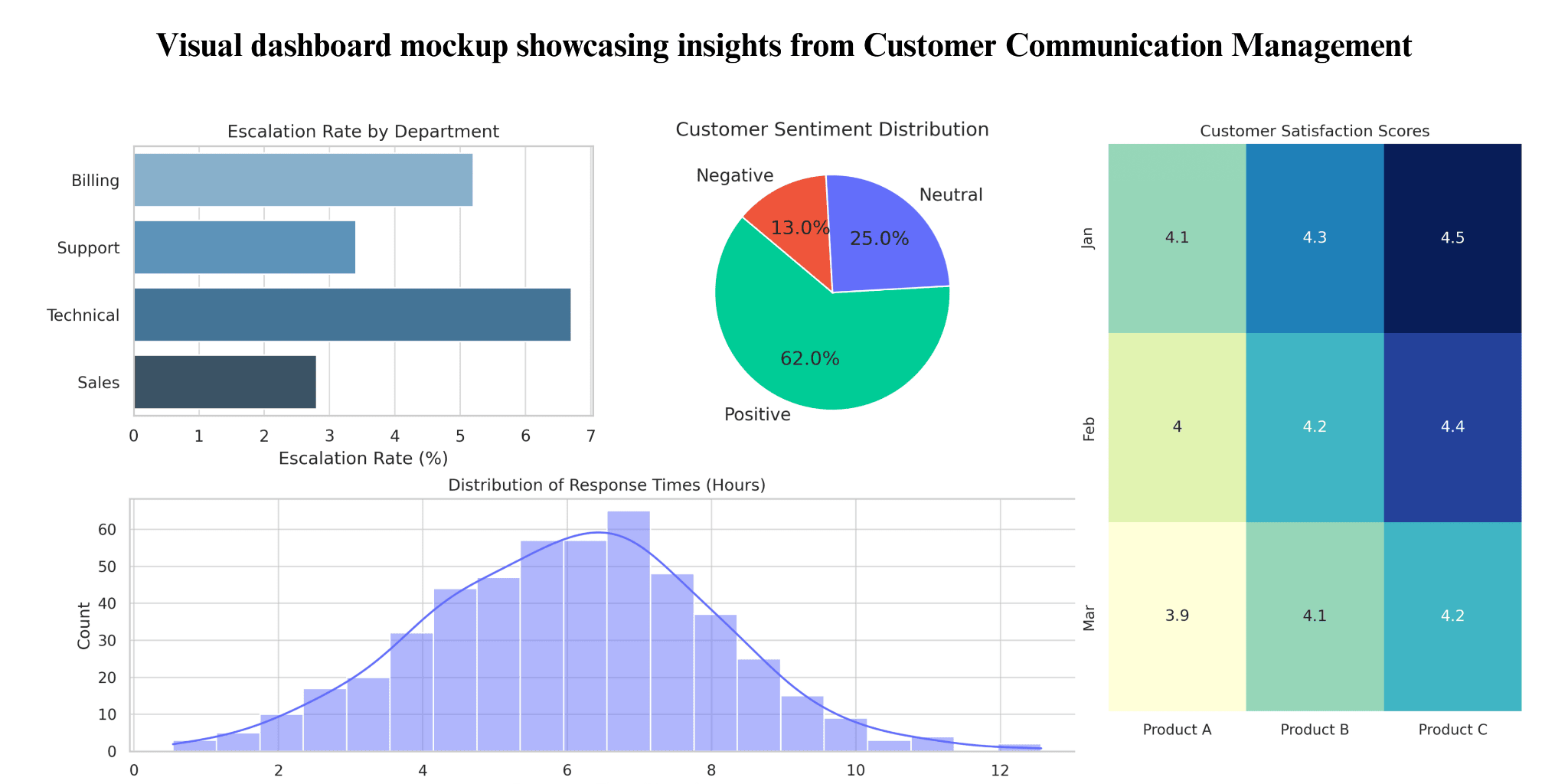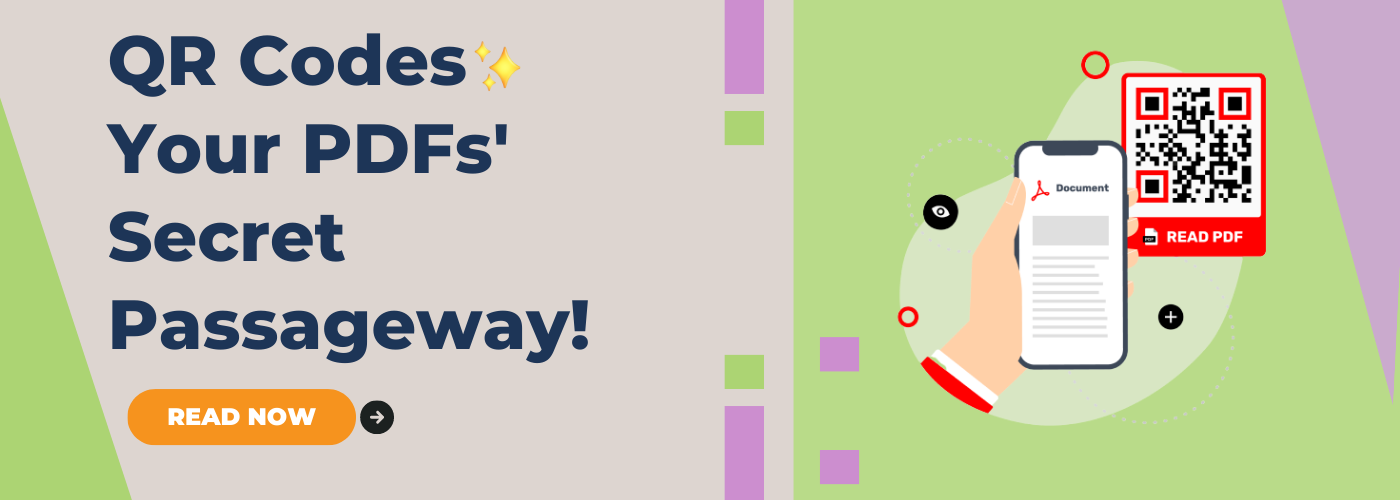Maximizing Engagement: The Benefits of Customer Communication Management(CCM)

Did you know that 80 percent of organizations expect to compete mainly based on customer experience? According to a Gartner trend insight report, this holds true. Now, the real question is why so many industry leaders are investing in customer experience? Research shows that companies that focus on CX increase revenue by 80 percent.
Given the hypercompetitive nature of the market, customer communication strategies have emerged as the most effective solution. Customer Communication Management (CCM) serves as a differentiator that is meaningful to the bottom line of any organization. Enterprises, big or small, are doubling down on CX to be able to excel not just in business operations but also in customer satisfaction and loyalty. Good CX drives sales growth and secures the financial future of the organization. This is why organizations are investing heavily in CCM. By jumping on the bandwagon right away, they can remain competitive in the ever-changing market landscape
In this blog, we’ll be looking at the benefits of customer communication management, ranging from customer satisfaction to safeguarding your bottom line.
Exploring the Benefits of Customer Communication Management
1. The Financial Benefits: Cost Reduction and Revenue Growth

The business benefits of Customer Communication management solutions are obvious; the data speaks volumes. CCM helps businesses achieve operational efficiency. It not only reduces operational costs but, more importantly, cuts down on customer service expenses while providing employees with opportunities to up-sell or cross-sell. Sounds like a win-win situation, right?
Let us also remember that effective communication can reduce customer acquisition costs. A common understanding is that customers are more likely to recommend the organization through word of mouth if they are satisfied with its service. Forrester’s research shows that even a 1-point increase in CX scores can generate over $1 billion in revenue by enhancing loyalty and repeat visits.
For instance, Equiant implemented a CCM solution and saw a 30% reduction in printing costs and even a decrease in postal charges. The quick TAT on bills, invoices, and statements has improved cash flow and accelerated payments.
2. Customer Experience and Satisfaction
Bill Gates once said, “Your most unhappy customers are your greatest source of learning.” The problem is that there aren’t that many customer service agents to gather and analyze feedback. However, a CCM solution does this for you and even ensures there are no errors. A CCM tool isn’t just a static one, but a dynamic system that learns from previous customer interactions with communication materials. This improves the quality of communication over time and refines their marketing and communication strategies accordingly.
When it comes to the benefits of customer communication management, CCM allows businesses to gather valuable insights about customer preferences, behaviours, and pain points. The system also analyzes the data and offers personalization at scale. HubSpot states that personalized CTAs outperform generic versions by 202%. Many customers, especially Gen Z, expect personalization based on the data they have consensually shared with organizations. However, too much personalization can feel off-putting; finding the right balance is key to satisfying customers.
Omnichannel Delivery: CCM eliminates the fragmented experience that customers previously faced. Now, with the implementation of CCM, customers receive channel-appropriate messages while maintaining consistency in branding and information synchronization.
Proactive Communication Models: Organizations now implement an anticipatory communication framework. What does this imply for our clients? Let’s take the banking industry: instead of customers inquiring about bank statements or promotional communication, the system would address such needs preemptively.
Effort Reduction: There is a direct correlation between customer effort scores and satisfaction. In the insurance industry, policy changes and status updates may require the client to inquire. With well-designed communications, carriers can reduce the burden on policyholders.
3. Accelerated Time-to-Resolution
Time is a valuable asset in organizations. Leaving customer issues unresolved would negatively impact your client experience, satisfaction, and eventually retention, thereby costing you money. One of the standout benefits of customer communication management is that businesses can enhance their first-contact resolution rates and provide customers with self-service options.
Resolution Efficiency: Organizations implementing CCM solutions see a reduction in average handle time because of the accessibility of information. First-contact resolution rates increased when communications are properly integrated with customer databases or data systems.
Self-Service Optimization: CCM has promoted interactive troubleshooting communications and intuitive resolution pathways based on service types. These thoughtfully crafted knowledge access communications empower customers to navigate their issues and increase self-service success rates.
These significant benefits of customer communication management are visible to the naked eye. Visualize a customer journey before and after CCM. From initial contact to resolution, CCM can turn what would have been a frustrating experience into a smooth one.
4. Operational Efficiency
Organizations collect data from various sources. For instance, the marketing team collects behavioral data to plan marketing strategies. The sales team would collect market information, and various departments would obtain customer data through different technologies and strategies. A key benefit of customer communication management is that it consolidates and brings everything under one system.
Agent Productivity: CCM eliminates data silos and organizes information to make it easy on the eye for business users. This enables them to offer a more personalized experience, whether through upselling, cross-selling, marketing, or just routine communications.
Workflow Automation: A CCM includes template-driven communication processes with built-in approval workflows to accelerate document creation. Trigger-based communication ensures any update or information is passed to the customer, including compliance-related notifications.
Centralized Repositories: These repositories manage content with version control and dynamic content blocks, enabling quick generation of communication using approved language while maintaining compliance.
5. Data-Driven Intelligence
The unified platform allows users to analyze all the data (customer feedback, behaviour and pattern identification, predictive analytics, and more)and provide valuable insights. They help users improve their communication strategies.

These are some insights that can help business users make informed decisions. Likewise, CCM has many analytical capabilities that make this happen.
Unified Feedback Integration: Advanced CCM tools consolidate feedback across all channels with sentiment analysis and response correlation. This data reveals the effectiveness of communication and identifies opportunities for improvement.
Communication Analytics: Various engagement metrics provide actionable next steps on content effectiveness, response rates, and optimal timing. It also identifies friction points through communication journey mapping to provide a more seamless customer experience (CX).
6. Compliance and Risk Management
Compliance and risk management are critical areas where the benefits of customer communication management shine. A McKinsey survey shows that 41% of respondents believe their metrics and reporting capabilities are a core weakness. With stringent compliance requirements, CCM solutions offer features such as data encryption, digital signatures, audit trails, and more. These capabilities are now more important than ever in CCM.
Documentation and Audit: Another benefit of CCM is that every piece of communication is documented with timestamp tracking and version control to create defensible audit trails.
Regulatory Assurance: All communications are based on compliance templates and mandatory disclosure capabilities, ensuring compliance with regulations across all jurisdictions. CCM also automates compliance checks to facilitate timely reporting.
Privacy Protection: The system integrates consent management and preference enforcement capabilities to maintain compliance. Documenting all communication is essential for GDPR, CCPA, and emerging state-level privacy frameworks.
Who Benefits Most from CCM?
Most organizations are aware of the benefits of customer communication management and what it brings to the table. In addition, it also benefits many key stakeholders, including customer service teams, marketing departments, accounts payable, and others.
1. Information Technology (IT): Many CCM tools are low-code or no-code platforms, allowing non-IT professionals to make changes and adjustments without needing to contact IT experts.
2. Marketing Department: CCM can be used to create targeted and tailor-made marketing campaigns based on the available data. The personalization that CCM offers is second to none in driving conversions.
3. Sales Team: The detailed insights based on CCM’s data help the sales team to tailor pitches, identify upselling and cross-selling opportunities, and assist in converting prospects.
4. Finance Teams: CCM software has a significant impact on the finance team; it automates data entry, approvals, sign-offs, matching invoices to purchases, and more. This reduces manual work, time, effort, and errors, while enhancing efficiency.
5. Customer Service Teams: The consolidated view helps the support team to respond to queries and provide faster resolutions, improving first-contact resolution rates and CX.
Benefits of Customer Communication Management for Customers
Tailored Experiences: Tailored messages make interactions more relevant and engaging. Resonating with the client and building that connection is crucial; generic messages just don’t cut it in this day and age. Receiving uniform communications across multiple channels ensures a seamless experience.
Communication Timelines: Timely notifications keep users informed about any and all changes, and with automation, any queries can also be addressed.
Building Trust and Loyalty: The consistent accuracy builds a sense of reliability among clients. This fosters long-term relationships, and customers feel valued and understood by these organizations.
Greater Accessibility: CCM enables users to communicate using the client’s preferred communication method (email, SMS, social media, etc.). Self-service options have also become commonplace, helping to resolve issues and enhance convenience.
Customer Feedback: These solutions include feedback mechanisms to understand customer needs and make informed decisions. They also learn from customer interactions to help users refine their communication strategies.
Quick Problem-Resolutions: Customers are happier when issues are resolved quickly, and a CCM does just that. It also includes follow-up capabilities to ensure customer concerns are addressed thoroughly.
Conclusion
Communication, in most organizations, is seen as a strategic capability that gives a competitive advantage through better customer relationships. The future of communication is continuously evolving; there are already talks of conversational interfaces dominating customer interactions.
Whether it’s through streamlined processes, personalized interaction, or data-driven insights, CCM has a significant impact on various touchpoints within the organization. The biggest benefit of customer communication management is how it transforms communication from a cost center to a strategic differentiator. Discover how the benefits of customer communication management can transform your organization today!
FAQs
Customer Communication Management is a strategic approach in which organizations utilize systems to create, deliver, store, and retrieve customer communications. The aim is to enhance customer experience (CX) and improve business outcomes. Companies have recognized the impact that customer experiences have on business, including retention rates, sales, and the overall future of the organization.
A successful implementation means multiple departments (including customer service, marketing, sales, IT, finance, and human resources) must collaborate and work together to first finalize the requirements, then decide on a solution that meets their needs, and finally implement it in a phased approach.
Most organizations see payback periods of 1 to 2 years on their CCM investments. Of course, when it comes to larger enterprises, they can expect faster returns due to the scale of the organization as well.
Success can be measured through various metrics, including customer satisfaction scores, response times, resolution rates, and overall engagement levels. Additionally, tracking ROI and analyzing customer feedback can provide valuable insights into the effectiveness of your CCM strategy.
What is transactional email? What is it used for?
Transactional emails are those that are sent in response to something a user does on a website or ap
PDF QR Code Generator : How To Create QR Code For PDF?
Have you wondered how the QR codes automatically link you to PDFs when scanned? In today’s fas
Time-Saving Magic: Online Strategies for Automating Repetitive Document Tasks
Picture this: it’s Monday morning, and you find yourself staring blankly at a computer screen,




